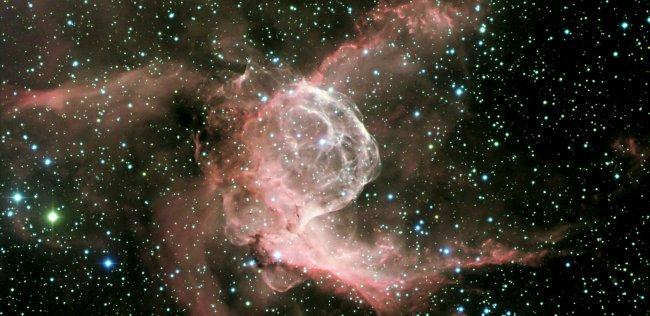
Solved the mystery of the distribution of oxygen in outer areas of the Milky Way
05/09/2017
During the Big Bang, which gave rise to our universe, only two chemical elements were formed in significant quantities, hydrogen and helium. Almost all the other elements, except those elements created by human beings, are produced in the stars during their lives and in processes associated with their deaths. In Astrophysics, the elements which are heavier than hydrogen and helium are called, generically, “metals” and the proportion of these elements in a cosmic object is termed its “metallicity”, whose average value has been growing continually with time within the galaxies. Among these “metals”, oxygen is the most abundant, and is therefore used widely as an index to estimate metallicities in general. The work is led by the IAC researcher, César Esteban. >> Read more



